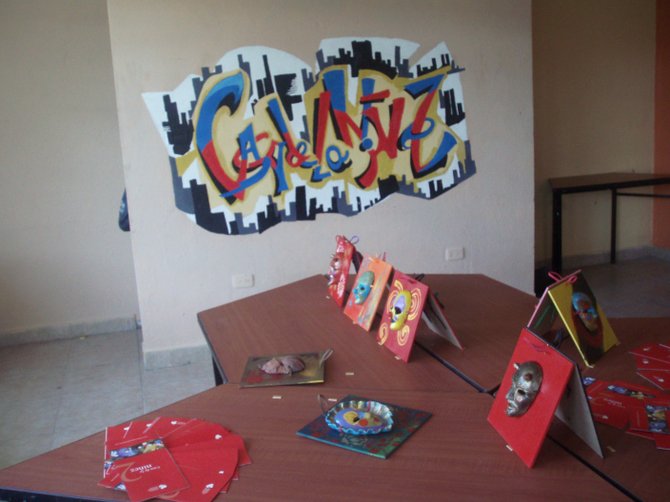 Facebook
Facebook
 X
X
 Instagram
Instagram
 TikTok
TikTok
 Youtube
Youtube

I had for months anticipated the opportunity to spend two weeks in Ecuador over the Christmas holidays. It is a country of incredible biodiversity and natural beauty. During my first week there, I volunteered at a home for boys 8-17 who had been transitioned from the streets of Quito.
La Casa de la Niñez provides shelter, meals, schooling, therapy and drug intervention for boys who had wound up on the street for a variety of reasons. Some were orphaned, some had been abused, others came from backgrounds of poverty. Each child has his own unique story.
Ecuador has no foster care system, so children who find themselves without a home must adapt quickly to survive. Sometimes when parents go to jail in Ecuador, the children under four years old, if they have no other family, must go with them. Without La Casa de la Niñez, many of the kids would have nowhere to go.
My primary task as a volunteer was to take photographs of the kids in their daily activities and, most importantly, during a Christmas program in which most of them performed. Their performances displayed an amazing variety of skills and talents, and the children showed themselves to be natural performers. Acknowledging the difficult situations they’ve endured, the children’s skits and stories evoked messages of hope and wisdom. There were several musical performances as well – including one by a young rapper who looked as if he were ready to sign a contract with a record label.
The Ecuadorian National Forces have taken in many former Casa de la Niñez boys. They must leave when they turn eighteen, so the military becomes their new family. Several of them showed up at the Christmas performance beaming with pride in their military uniforms.
It’s clear that art enables the children to come to terms with and transcend their experience. I saw a similarity with the blossoming of artistic talent among many of the street children in Delhi, India taken in by the NGO Salaam Baalak Trust. One of the SBT kids displayed such a talent at writing that he was hired on a photographic assignment involving the site of the former World Trade Center in New York City.
Street children are often viewed by their societies as a nuisance and even unjustifiably targeted by police. Given the opportunity, however, they often reveal talent and ability equal to anyone.


I had for months anticipated the opportunity to spend two weeks in Ecuador over the Christmas holidays. It is a country of incredible biodiversity and natural beauty. During my first week there, I volunteered at a home for boys 8-17 who had been transitioned from the streets of Quito.
La Casa de la Niñez provides shelter, meals, schooling, therapy and drug intervention for boys who had wound up on the street for a variety of reasons. Some were orphaned, some had been abused, others came from backgrounds of poverty. Each child has his own unique story.
Ecuador has no foster care system, so children who find themselves without a home must adapt quickly to survive. Sometimes when parents go to jail in Ecuador, the children under four years old, if they have no other family, must go with them. Without La Casa de la Niñez, many of the kids would have nowhere to go.
My primary task as a volunteer was to take photographs of the kids in their daily activities and, most importantly, during a Christmas program in which most of them performed. Their performances displayed an amazing variety of skills and talents, and the children showed themselves to be natural performers. Acknowledging the difficult situations they’ve endured, the children’s skits and stories evoked messages of hope and wisdom. There were several musical performances as well – including one by a young rapper who looked as if he were ready to sign a contract with a record label.
The Ecuadorian National Forces have taken in many former Casa de la Niñez boys. They must leave when they turn eighteen, so the military becomes their new family. Several of them showed up at the Christmas performance beaming with pride in their military uniforms.
It’s clear that art enables the children to come to terms with and transcend their experience. I saw a similarity with the blossoming of artistic talent among many of the street children in Delhi, India taken in by the NGO Salaam Baalak Trust. One of the SBT kids displayed such a talent at writing that he was hired on a photographic assignment involving the site of the former World Trade Center in New York City.
Street children are often viewed by their societies as a nuisance and even unjustifiably targeted by police. Given the opportunity, however, they often reveal talent and ability equal to anyone.